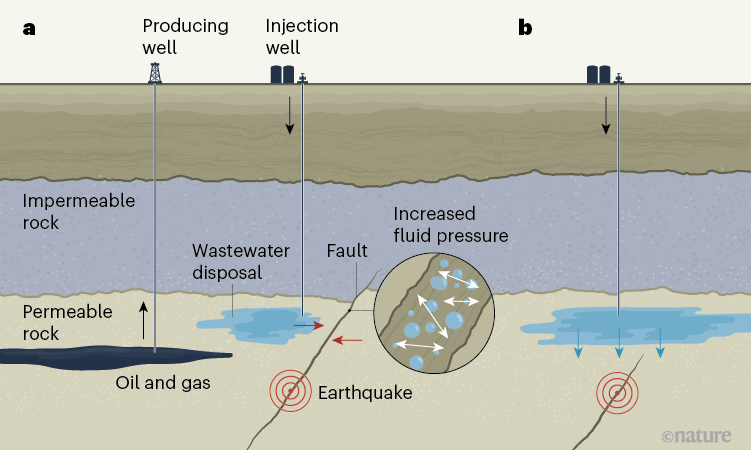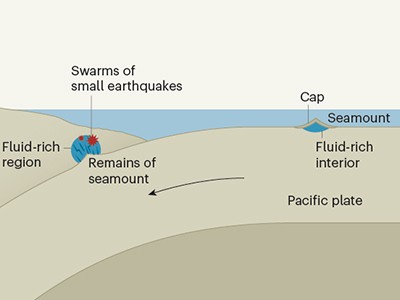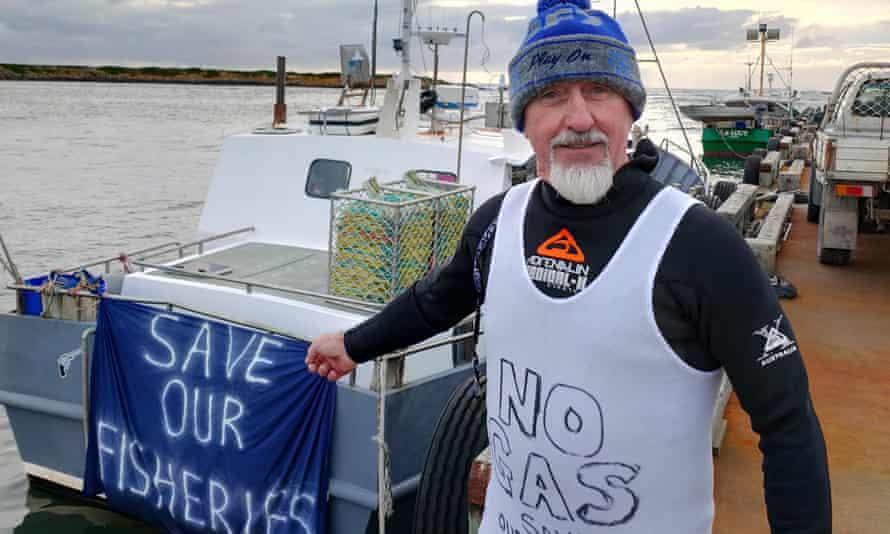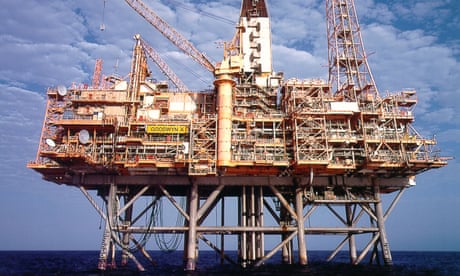Aug 25, 2021
The Economist
It’s been hailed as fuel of the future. Hydrogen is clean, flexible and energy efficient. But in practice there are huge hurdles to overcome before widespread adoption can be achieved. 00:00 How hydrogen fuel is generated. 02:04 How hydrogen fuel could be used. 02:46 Why hydrogen fuel hasn't taken off in the past. 03:40 Is hydrogen fuel safe? 04:31 Hydrogen's advantage over batteries. 05:00 How sustainable is hydrogen fuel? 06:13 Why the hype about hydrogen may be different this time.
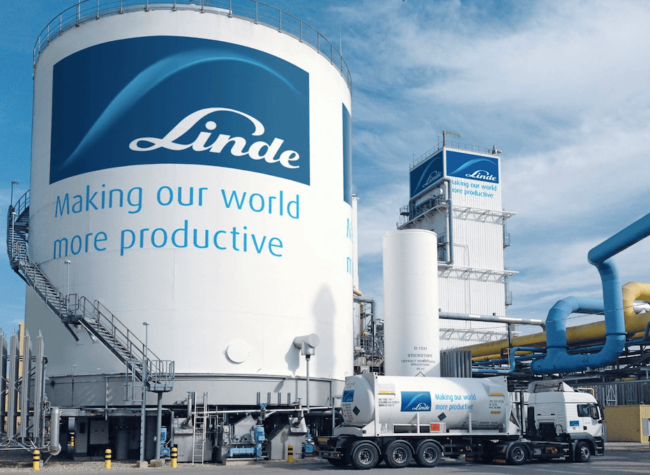
Linde says it will triple the amount of clean hydrogen production by 2028
By Joanna Sampsonon Aug 27, 2021
Translate NEWS
Linde will invest more than $1bn in decarbonisation initiatives and triple the amount of clean hydrogen production by 2028, the industrial gas giant has set out in its 2020 Sustainable Development Report.
Published today (August 27), the report highlights that Linde is investing across the hydrogen value chain to accelerate the clean energy transition.
Linde says it will pursue competitive low-carbon sources of hydrogen, including energy-efficient steam methane reformers (SMRs) with carbon dioxide capture, electrolysis with renewable power and piloting new low-carbon technologies.
Grey and blue hydrogen are “important stepping-stones” on the path to green hydrogen, the Hydrogen Council member says in the report, as they “allow the necessary frameworks and infrastructures to be developed” while green hydrogen reaches the “necessary scale”.
Clean hydrogen is a cornerstone of Linde’s clean energy strategy.
The firm says it has the largest liquid hydrogen production capacity and distribution system in the world today and it also operates the first commercial high-purity hydrogen storage cavern.
Linde also has around 200 hydrogen stations and 80 hydrogen electrolysis plants worldwide.
Read the report in full here.
How Linde is scaling up to serve the growing hydrogen mobility market in North America

© Linde
Linde is currently in the process of retrofitting its Ontario, California plant to produce green hydrogen to fuel the US state’s mobility market. Targeting the second quarter of 2021 for full commercialisation, the facility will manufacture green hydrogen using renewable methane, in addition to producing conventional hydrogen.
With this investment, the US-German industrial gas giant will be able to initially produce 2.6 metric tons of green hydrogen per day – enough to fuel up to 1,600 vehicles a day – helping to avoid up to 50,000 metric tons of carbon dioxide per year. As demand for green hydrogen grows, Linde plans to expand its capacity accordingly, and revealed to H2 View that the US mobility market is a big focus for the company.
Read the full article here.
Hyundai plans to host a "global forum" called Hydrogen Wave on September 7, with the goal of showcasing next-generation fuel-cell systems, and promoting different uses for fuel-cell tech.
The online event will present Hyundai's "vision for a future hydrogen society," according to a company press release. Hyundai said it will showcase fuel-cell vehicles, as well as other applications for fuel-cell tech.
Three short teaser videos provided hints of what the reveals might be. One showed a car lapping a racetrack in the black-and-white camouflage typical of auto-industry prototypes. The second showed what appeared to be a fuel-cell truck, and the third seemed to focus on hydrogen distribution. It's another manifestation of Hyundai's eagerness to find uses for fuel cells beyond passenger cars.

Teaser for Hyundai Hydrogen Wave event
Hyundai has been a strong advocate of a future hydrogen economy, and it launched an HTWO fuel-cell brand last December, and this event is likely going to expand on what exactly that means.
We do know that Hyundai plans to test fuel-cell semi trucks in California. Last month, the automaker announced a 12-month pilot program using two trucks, which will be followed by the rollout of a 30-truck fleet in the second quarter of 2023.
To distribute hydrogen, Hyundai is also considering ideas that use existing infrastructure, like transporting hydrogen in oil.
However, Hyundai's only fuel-cell passenger vehicle is the Nexo crossover SUV, which is only available through a handful of California dealerships. Lack of infrastructure has proven challenging for the Nexo and other fuel-cell cars, and that provides more incentive for Hyundai to find other uses for fuel cells.
New policy announcements by the US, EU, UK, India and Russia show that major economies are getting serious about H2, but are they getting it right? asks Leigh Collins
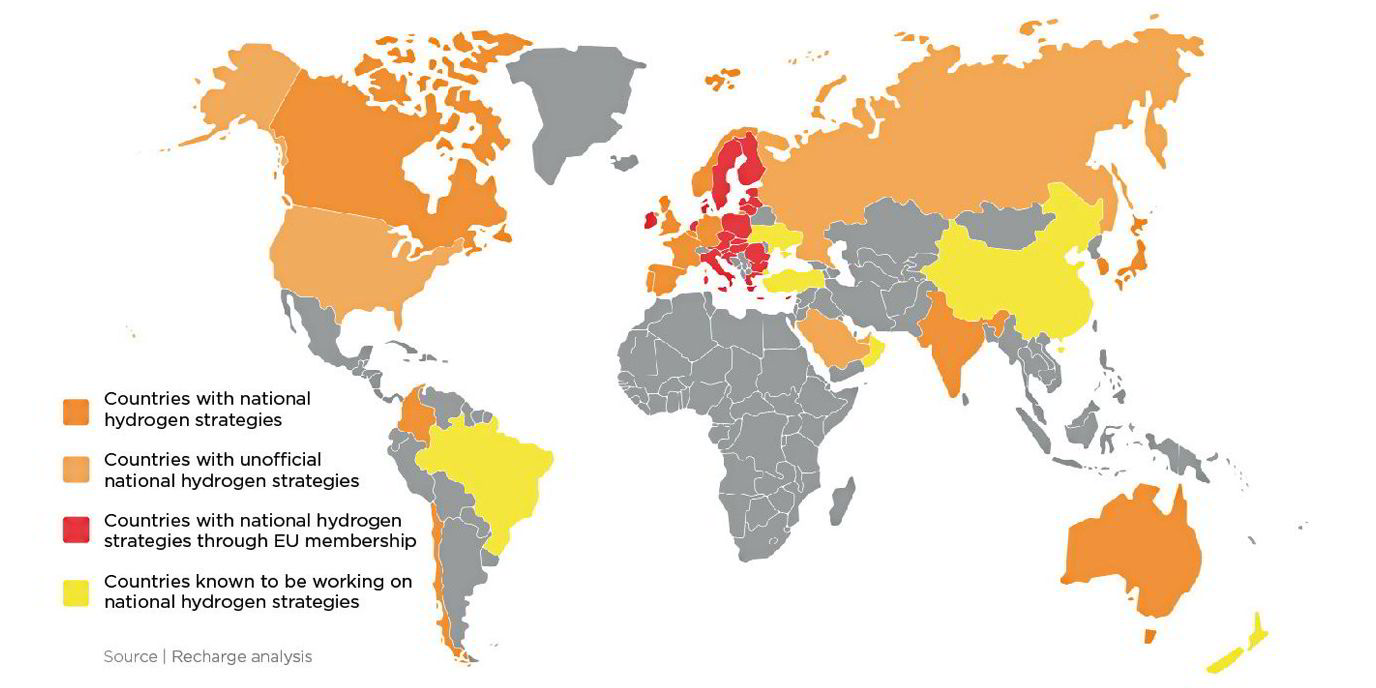
National hydrogen strategies, according to Recharge analysis.Photo: Recharge
26 August 2021 10:48 GMT UPDATED 27 August 2021 11:48 GMT
By Leigh Collin
Four years ago, when Recharge began writing about clean hydrogen, it was little more than a fringe idea being discussed by forward thinkers rather than policy makers.
But today — after a series of recent announcements — countries accounting for more than a third of the world’s population (2.7 billion people) now have hydrogen strategies in place, putting the gas firmly at the heart of the global race to reach net-zero emissions.

Hydrogen: hype, hope and the hard truths around its role in the energy transition
Will hydrogen be the skeleton key to unlock a carbon-neutral world? Subscribe to Accelerate Hydrogen, powered by Recharge and Upstream, and get the market insight you need for this rapidly evolving global market.
Sign up now
August has been an extraordinary month for hydrogen. National strategies were officially announced by India, the UK, Russia and Colombia, while the US introduced a preliminary national hydrogen strategy by the back door — buried in the giant 2,702-page bipartisan infrastructure bill that was passed by the country’s Senate.
And in mid-July the European Commission unofficially expanded its existing hydrogen strategy — unveiled in July 2020 — through its Fit for 55 package.
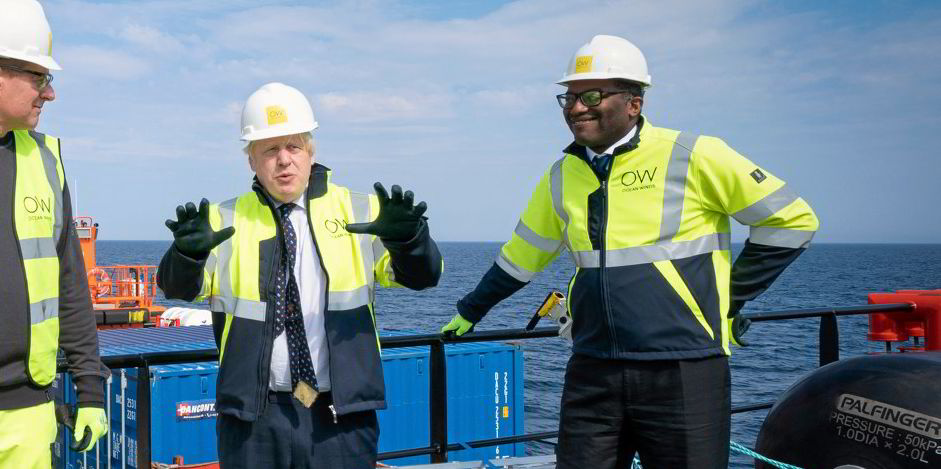
UK backs hydrogen CfDs to repeat offshore wind success storyRead more

Modi pledges massive green hydrogen 'quantum leap' to Indian energy independenceRead more
All of this adds to the national hydrogen plans already announced by Japan, South Korea, Canada, Australia, Chile, Norway, Germany, France, Spain, the Netherlands and Portugal, while China, Brazil, Turkey, New Zealand, Ukraine and Oman are also working on their own H2 programmes.
So what do the new strategies actually say? Would the hydrogen be green or blue, or some other hue? How would the H2 be used? Are governments going to commit to the potentially expensive and inefficient use of H2 in cars and heating? And when will the mass manufacturing of clean hydrogen actually take off?
US: ‘Let the market decide’
The landmark $550bn Infrastructure Investment and Jobs Act — passed by the US Senate last month, but yet to be signed off by the Democrat majority in the House of Representatives — assigns $9.5bn of federal cash to the hydrogen sector and spells out an aim to reduce the cost of green H2 to less than $2/kg by 2026 (from more than $5/kg today).
It also creates four regional clean hydrogen hubs, which the bill defines as “network[s] of clean hydrogen producers, potential clean hydrogen consumers, and connective infrastructure located in close proximity... that can be developed into a national clean hydrogen network to facilitate a clean hydrogen economy”.
The bill requires the Energy Secretary — a position currently held by Jennifer Granholm — to solicit proposals for these hubs within 180 days of the bill’s enactment.
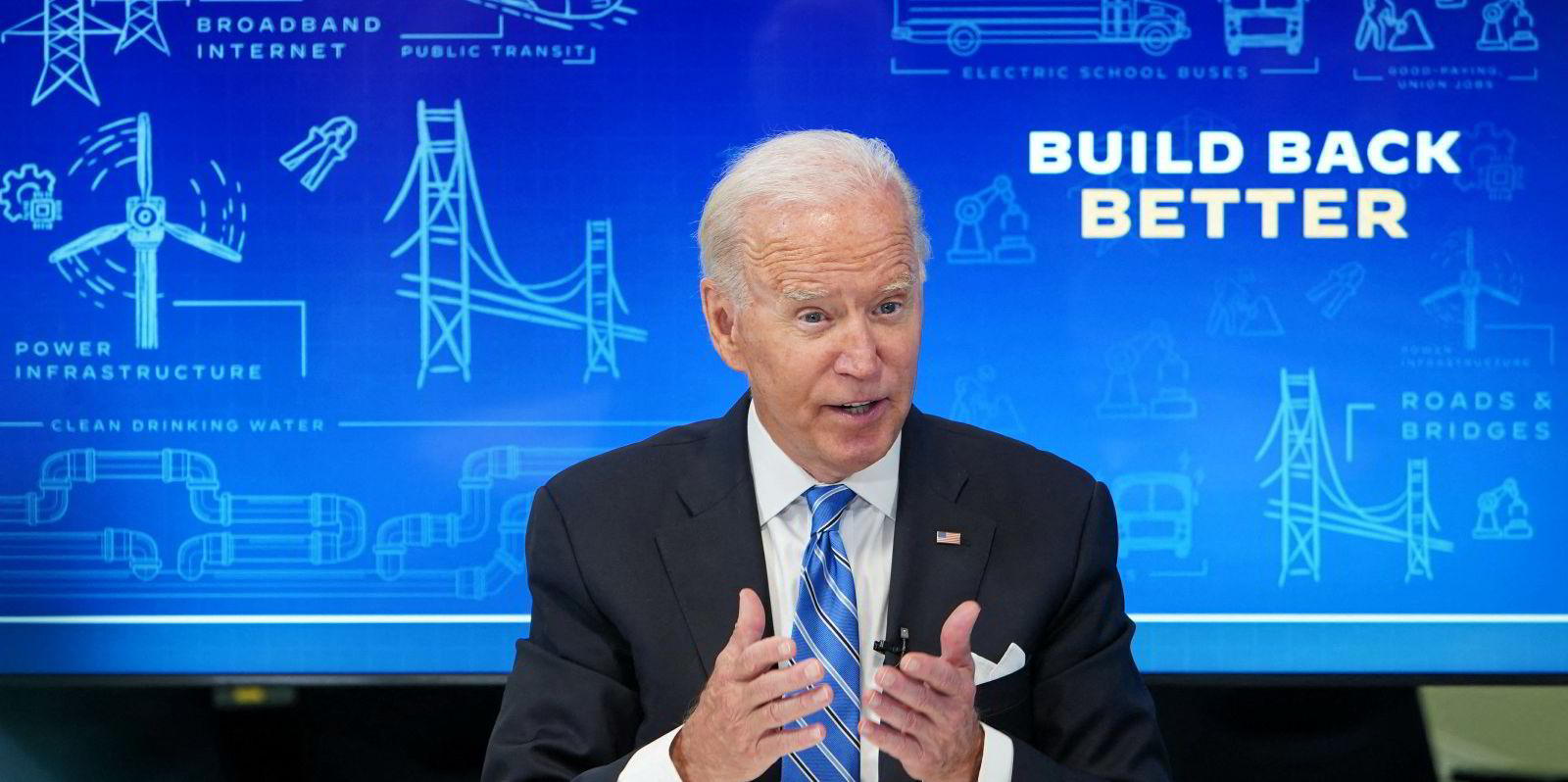
Significantly, the bill also calls upon the Energy Secretary to select at least one hub proposal from each of three clean-hydrogen production routes: fossil fuels (with carbon capture and storage), renewables, and nuclear energy — also known as blue, green and pink H2, respectively.
Also, each of the hubs should demonstrate different uses of clean hydrogen: power generation, industrial manufacturing, residential and commercial heating, and transportation.
The US is therefore taking a “let the market decide” approach to the production and usage of “clean” hydrogen, despite recent evidence suggesting that blue H2 would be bad for the climate due to upstream methane emissions.
These criteria are not set in stone, however, as the bill merely requires the Energy Secretary to meet them “to the maximum extent practicable”.
The infrastructure bill also authorises the Energy Secretary to spend $500m over the 2022-26 financial period on multi-year grants — and contracts with companies and organisations — to advance clean hydrogen research, development and demonstration projects, including for production, processing, delivery, storage or usage of the H2.

Green, blue and pink: Bipartisan US infrastructure bill allocates $9.5bn to push down the costs of clean hydrogenRead more
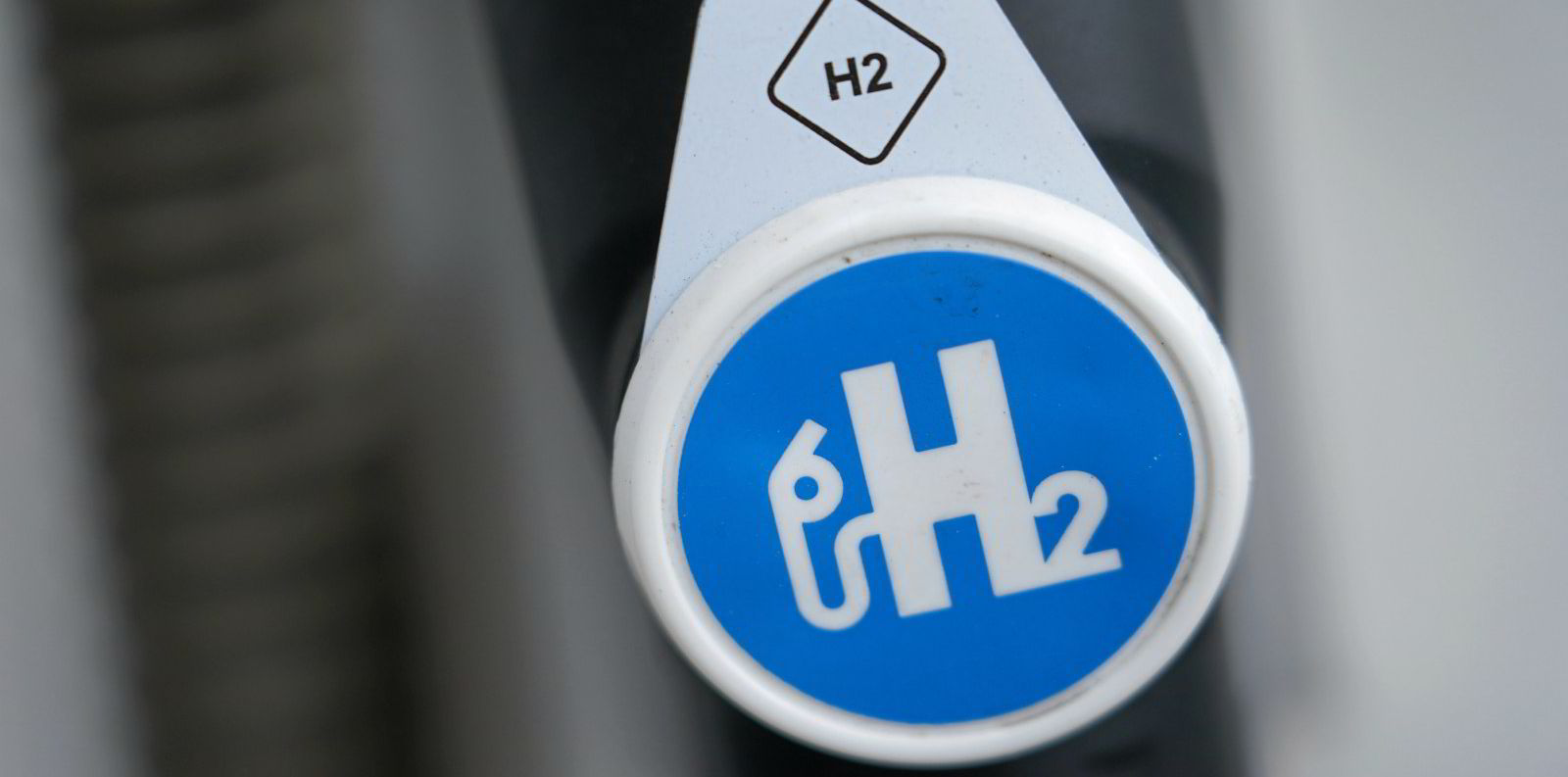
Blue hydrogen 'worse than gas for the climate': landmark study's damning verdictRead more
The priority here, the bill states, is to increase the efficiency and cost-effectiveness of clean-hydrogen technology.
A further $1bn will be spent on grants and contracts as part of a research, development, demonstration, commercialisation and deployment programme that aims to cut the cost of hydrogen produced from electrolysers to less than $2/kg by 2026 — as well as “any other goals the [Energy] Secretary determines”.
This is a huge amount of money that could be used to fund giant factories that reduce the cost of electrolysers simply through economies of scale, or to develop new efficient technologies.
However, the lion’s share of the cost of renewable H2 is the price of the energy used to split the water molecules into hydrogen and oxygen, so reducing the cost of electrolysers on its own would almost certainly not be enough to hit the $2/kg figure. So the funding could be used to directly subsidise green H2.
The bill also requires the Energy Secretary to submit to Congress a “technologically and economically feasible national strategy and roadmap to facilitate widescale production, processing, delivery, storage, and use of clean hydrogen” within 180 days of the act passing. These will include interim goals and be updated at least once every three years.
Again, this gives significant leeway to Granholm, who could decide that using hydrogen for cars or heating is not economically feasible, as many independent analysts argue.
And in what could be seen as a new global standard, the bill makes a clear definition of “clean hydrogen” — as H2 “produced with a carbon intensity equal to or less than 2 kilograms of carbon dioxide-equivalent produced at the site of production per kilogram of hydrogen produced”.
The words “at the site of production” would be music to fossil-fuel industry ears as it does not include the upstream methane emissions that massively increase the greenhouse gas footprint of blue hydrogen.

'Part of our path to net zero': US seeds next-generation H2 technology with $50m fundRead more
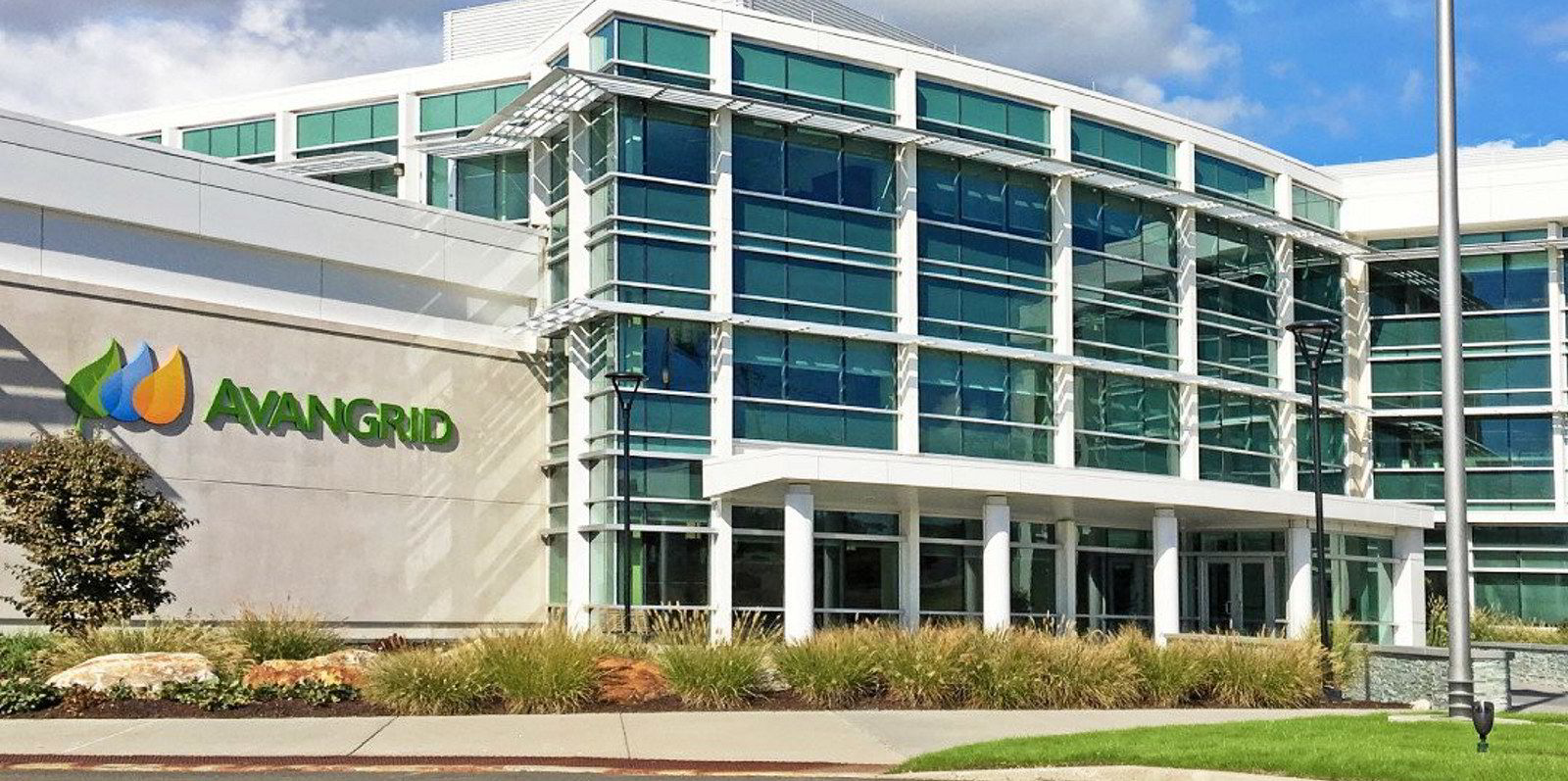
Iberdrola US green hydrogen plans span Atlantic offshore wind to Texas badlandsRead more
Grey hydrogen, produced from unabated natural gas or coal, emits 9-12kg of CO2 for every kilogram of hydrogen. Roughly speaking, this would mean that 80-90% of the CO2 emitted from steam methane reforming or coal gasification would need to be captured and stored indefinitely to meet the criteria for clean H2.
With blue hydrogen proponents such as Norwegian energy giant Equinor aiming to capture 95-99% of emissions, so the 2kg/CO2e figure is a low bar for the fossil-fuel industry.
UK: 5GW by 2030
The UK government finally launched its long-awaited hydrogen strategy on 17 August, which includes proposals to use a “contracts for difference” (CfD) subsidy mechanism similar to the one used to kick-start the nation’s rapidly expanding offshore wind sector.
Since the CfD was introduced in 2015, the cost of offshore wind from UK waters has reduced by two thirds.
Prime Minister Boris Johnson’s administration hopes to mirror that as it builds 5GW of “clean” hydrogen capacity — green or blue — by 2030, to be used in industry, transport and heating.
British ministers seem intent on using hydrogen in the existing natural gas network for heating, despite the massive costs of converting pipelines to cope with the smaller molecule, including metal gas pipes hidden in walls or under floorboards in people’s homes — not to mention the inefficiency of H2 boilers compared to electric heating solutions such as heat pumps. So hydrogen heating would be far more expensive to consumers than electric solutions.

The strategy states that the government will undertake a review to support the development of transport and storage infrastructure and will assess the safety, technical feasibility and cost effectiveness of mixing hydrogen into the existing gas supply.
But much of the strategy pushes a lot of the key decisions into the future, with action only being taken after consultation with the public and industry.
The government wants to collaborate with industry to develop standards to give certainty to producers and users that the hydrogen the UK produces is consistent with net zero. Emissions from blue hydrogen would therefore have to be offset by tree planting or carbon capture.
Ministers will also consult on the design of a £240m ($331m) Net Zero Hydrogen Fund, which aims to support the commercial deployment of new low-carbon hydrogen production plants across the UK.
A hydrogen sector development action plan will be launched in early 2022 setting out how the government will support companies to secure supply-chain opportunities and jobs.
India: Mission quantum leap
Prime Minister Narendra Modi used his annual Independence Day speech on 15 August to launch India’s National Hydrogen Mission, declaring that green H2 produced from renewables would help the nation make a “quantum leap” to energy independence by 2047.

Modi pledges massive green hydrogen 'quantum leap' to Indian energy independenceRead more

'Use green hydrogen' rule for oil and fertiliser plants as India eyes world-leading marketRead more
“We have to make India a global hub for green hydrogen production and export,” he said. “This will not only help India to make new progress in the field of energy self-reliance but will also become a new inspiration for clean energy transition all over the world.”
Such high-profile backing of renewable hydrogen is a hugely important signal to potential investors, but Modi’s speech lacked details.
However, a few days earlier, India’s power and renewable energy minister RK Singh announced plans to compel oil refineries and fertiliser plants to use green hydrogen.
The draft policy — which has been sent for cabinet approval — will force oil refiners to use at least 10% green H2 in their overall hydrogen consumption from 2023/24, rising to 25% by the end of the decade, it was reported.
The fertiliser sector would have to use 5% renewable hydrogen by 2023/24 and 20% by 2030.
About 98% of the 70 million tonnes of hydrogen currently used each year by oil refiners, fertiliser producers and chemical manufacturers is currently grey — ie, produced from unabated natural gas or coal. Which is why analysts have long argued that grey hydrogen needs to be replaced with green or blue H2 before scaling up the use of hydrogen in other sectors such as transport.
Russia: Eyeing exports
Prime Minister Mikhail Mishustin unveiled Russia’s “concept” for hydrogen development on 6 August, with an aim of becoming one of the largest exporters of clean H2 — mainly the blue variety — to Europe and Asia.
He also alluded to the reason behind the new hydrogen strategy — namely, that the hydrocarbon-reliant Russian economy would otherwise lose billions of dollars in oil & gas sales as the world strives for net-zero emissions.
“Hydrogen energy will reduce the risks of losing energy markets and support economic growth through development of new production facilities, as well as the creation of high-tech jobs, and the export of products and technologies,” said Mishustin.

Russia eyes large-scale export of blue hydrogen in partnership with local oil & gas majorsRead more

Putin special envoy: 'Russia can take over the European clean hydrogen market'Read more
The 25-page “concept” document sees the Russian hydrogen industry being built up over several stages between now and 2050.
The first stage up until 2025 will involve the creation of at least three hydrogen hubs in different parts of the country and the implementation of pilot projects for the production and export of H2, as well as the use of the gas in the domestic market.
The pilot projects under this initial stage will likely focus on the production of blue hydrogen, making use of Russia’s vast gas resources combined with carbon capture and storage technology — although the draft concept also includes potential electrolysis projects using “low-carbon” electricity.
One of the three hydrogen hubs, or industrial clusters, will be in the northwest of the country, focused on exports to the EU, as well as reducing the carbon footprint of the manufacturing of other export products.
An eastern cluster will focus on exports to Asia and the development of hydrogen infrastructure for transport and energy.
A third hub, dubbed the Arctic cluster, will focus on the creation of low-carbon power supply systems for territories in Russia’s Arctic zone.
The second phase of Russia’s hydrogen development plans, from 2025-35, will concentrate on launching Russia’s first commercial-scale clean-hydrogen projects, targeting the export of up to two million tonnes of H2 per year. It will also focus on the widespread adoption of hydrogen technologies in various sectors of the Russian economy, from petrochemistry to housing and utilities.
The third stage, from 2036-50, would see its hydrogen exports grow to as much as 15 million tonnes annually by 2050, with widespread commercial application of hydrogen technologies in the fields of transport, energy and industry.
EU: Hydrogen mandates
On 14 July, the European Commission unveiled its long-awaited Fit for 55 package — policy proposals that would enable the 27 EU states to reduce their greenhouse gas emissions by at least 55% (compared to 1990 levels) by 2030.

EU unveils new 40% renewables target for 2030 and green hydrogen mandatesRead more

EU’s new green H2 targets are great, but where are the support mechanisms needed to hit them?Read more
This included a mandate for all industrial users of hydrogen to source 50% of their H2 from renewables by 2030 — but without establishing how the extra costs would be paid for — and the introduction of carbon pricing for heating fuels, road transport and maritime and aviation sectors.
As Recharge has previously reported, studies show that a carbon price would have to be higher than €200 ($235) per tonne of CO2 — up from recent record highs of €58 — to make green H2 cost-competitive with grey.
The package also called for one hydrogen refuelling station every 150km along the Trans-European Transport Network of major trunk roads, as well as in every “urban node” within it, as part of plans for all new cars and vans to be zero-emission by 2035.
New targets were also announced for the aviation and shipping sectors. By 2030, 5% of aviation fuel would be have to be “sustainable” — ie, produced from carbon-neutral biofuel or synthetic fuel derived from clean hydrogen — by 2030, up from less than 0.1% today.
The package also calls for a 13% reduction in greenhouse-gas intensity in shipping fuels by 2035. Clean hydrogen and its derivatives, ammonia and methanol, are widely thought to be the most likely fuels to reduce the huge amount of emissions from the maritime sector.
A world-first carbon border adjustment mechanism — a kind of import tariff — would be brought in to ensure that imports have the same embedded price on carbon as within the EU.
Under the original EU H2 strategy, unveiled in July 2020, the commission called for 40GW of green hydrogen by 2030, with blue hydrogen to be used only in the short to medium term.
Both the H2 strategy and Fit for 55 package still need to be signed off by the bloc’s 27 member states.
‘Dreams’ and reality
Disappointingly for green campaigners everywhere, most of the national strategies see a significant role for blue hydrogen, even though it is not a net-zero solution, could be even worse for the climate than burning natural gas and will require a continued reliance on often-imported fossil fuel.
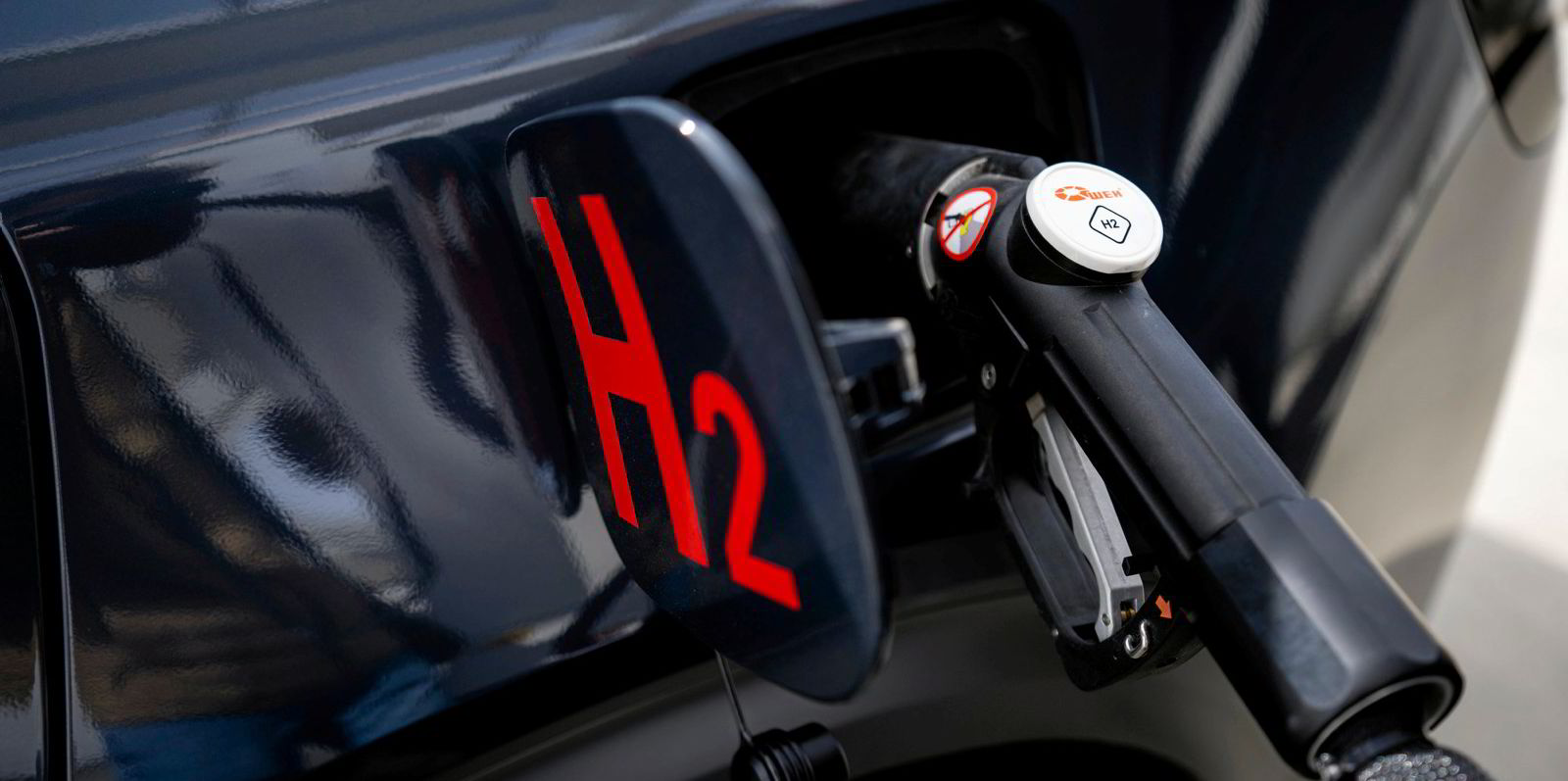
Using clean hydrogen for domestic heating and transport is ‘nonsensical’, says Enel CEO
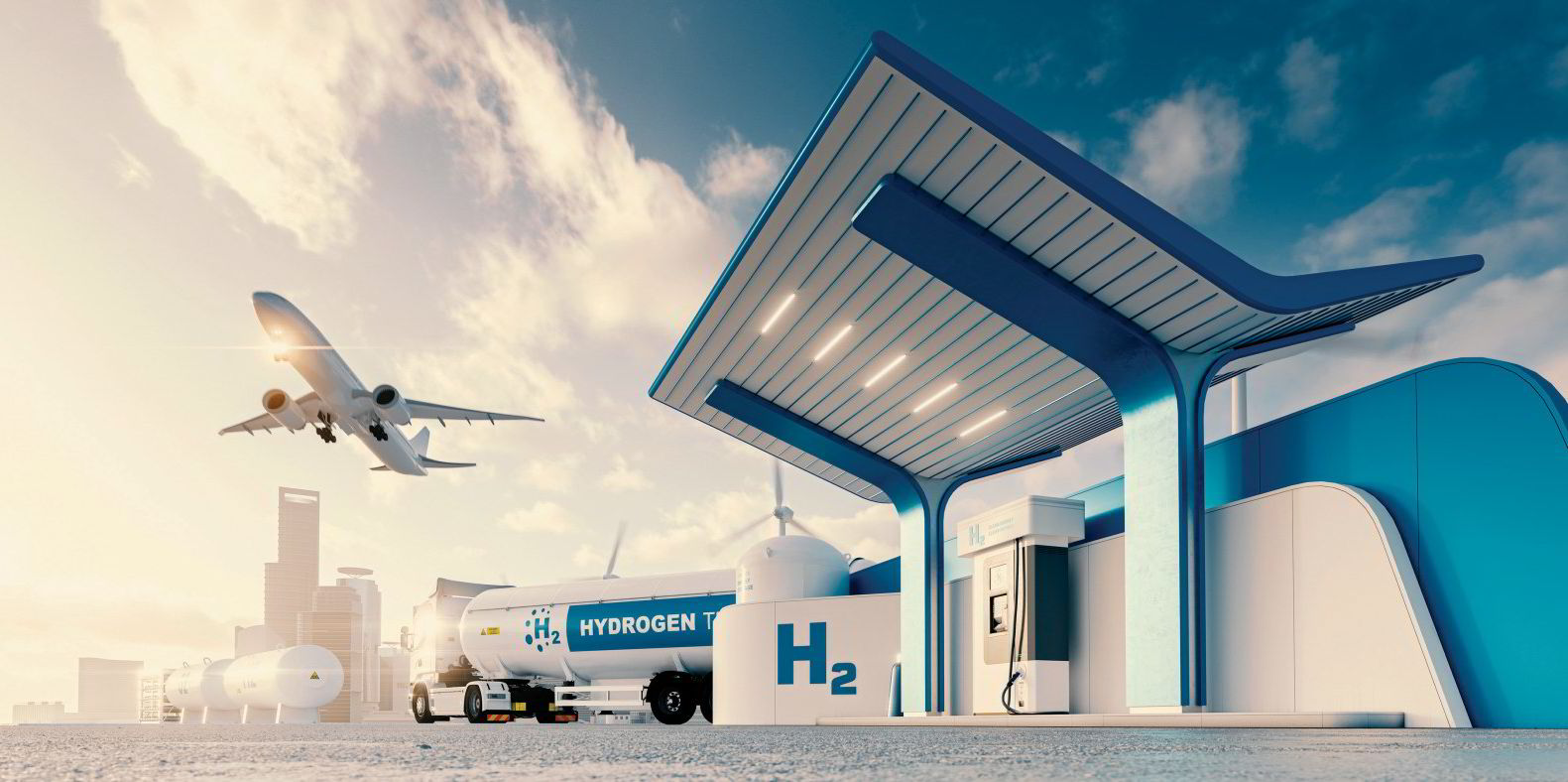
SPECIAL REPORT | Is the future role of green hydrogen in the energy mix being overstated?Read more
Governments also seem to be more interested in pushing for the use of clean hydrogen in cars and heating — despite the inefficiencies and added expense compared to pure electric solutions — when their focus should be on removing the existing emissions from grey H2.
Europe’s current annual consumption of grey hydrogen is about 10 million tonnes per year, resulting in 100 million tonnes of CO2, the equivalent of about 22 million fossil-fuel cars.
As Enel chief executive Francesco Starace recently told Recharge, each kilogram of green hydrogen requires about 50kWh of electricity. “That’s about 500TWh of energy just to displace the existing grey hydrogen,” he said. “So can we then afford to lose money and time to dream about hydrogen being used to cook meals or drive cars? No, that’s stupid. It will not happen.”
He added that one kilogram of hydrogen — produced from 50kWh — would enable a fuel-cell car to travel 80-90km. “Now I take the 50kWh and I put them in an electric car, that car would drive 250km. It’s even worse with heating.
“So why should I do this stupid thing and put this stuff into hydrogen just because someone wants to use some [gas] pipes to move it? Forget it.”
It could be argued that ministers are paying more attention to oil & gas lobbyists pushing to swap petrol and natural gas for clean hydrogen than power companies or independent academics and analysts calling for hydrogen to only be used in sectors where no other options seem possible — such as fertilisers, chemical production, shipping and aviation.
And despite all the announcements, it is worth noting that the global production of green and blue hydrogen is currently minimal, and not one single country has yet put policies in place that would help to make clean H2 cost-competitive with grey.
In fact, no nation has definitively decided what that policy should be, with every published hydrogen strategy pushing that key decision back to an undetermined future date.
In other words, while these national policies offer a direction of travel to potential investors that can encourage investment in hydrogen, they are — so far, at least — merely ambitions, or wishful thinking. A lot of talk, but little action.
And it is plain to see that the planet cannot wait many more years for us to start slashing our greenhouse gas emissions.
Additional reporting by Rob Watts, Josh Lewis and Andrew Lee.

